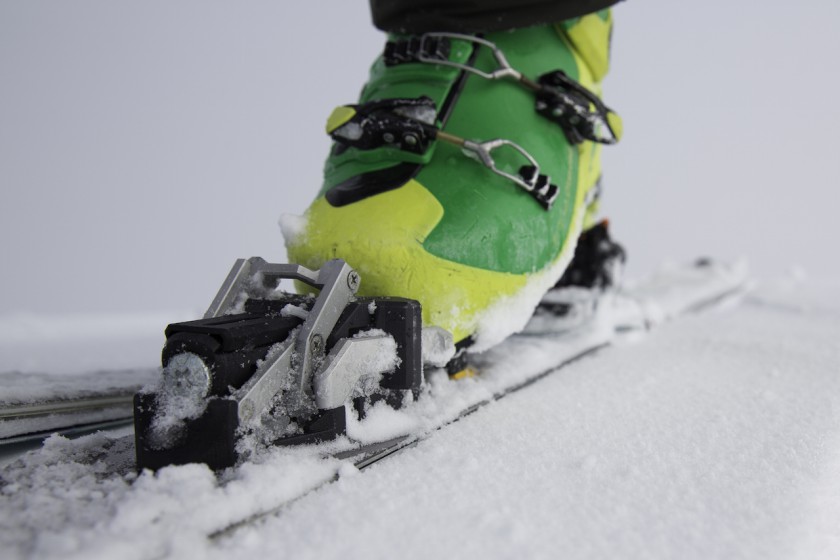Here’s a heads-up to the touring and free touring scene: a German startup has announced an innovative new binding design that’s gathering support now on the crowdfunding website startnext.com.


Here’s a heads-up to the touring and free touring scene: a German startup has announced an innovative new binding design that’s gathering support now on the crowdfunding website startnext.com.